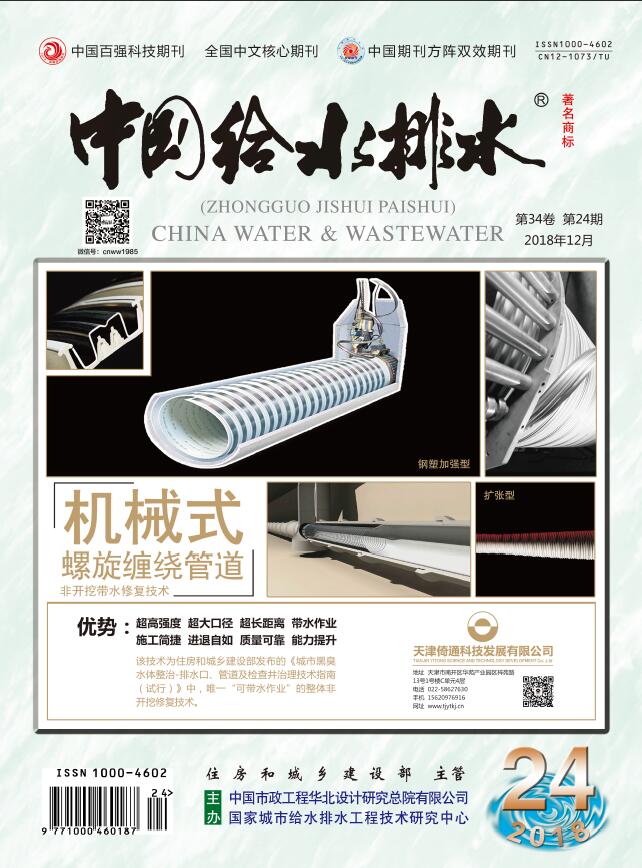HEShan-shan,YUXin-lei,CHENHong-fang,et al.Comparison of Greenhouse Gas (GHG) Emission Characteristics of Sludge Treatment and Disposal Technologies of Wastewater Treatment Plants in Wuhan[J].China Water & Wastewater,2025,41(10):35-41.
Comparison of Greenhouse Gas (GHG) Emission Characteristics of Sludge Treatment and Disposal Technologies of Wastewater Treatment Plants in Wuhan
China Water & Wastewater[ISSN:1000-4062/CN:12-1073/TU]
volume:
第41卷
Number:
第10期
Page:
35-41
Column:
Date of publication:
2025-05-17
- Keywords:
- sludge treatment and disposal; GHG emissions; land utilization; building material utilization; incineration utilization
- Abstract:
- The greenhouse gas (GHG) emissions of 15 different sludge treatment and disposal pathways were summarized based on the sludge treatment and disposal projects in Wuhan, including 4 for landfill, 6 for building materials utilization, and 5 for incineration utilization. The GHG emissions of each technology pathway are as follows: 366.7-629.5 kgCO2/tDS for land utilization technical routes, 674.6-1 418.7 kgCO2/tDS for incineration utilization technical routes, 906-2 724.9 kgCO2/tDS for building material utilization technical routes. Using centrifugal dewatering can reduce 19.33% of net GHG emissions, which is equivalent to 102 kgCO2/tDS in land utilization technical routes. Frame dewatering can reduce 101.8%-186.0% of net GHG emissions, resulting in 974.5-1 772.3 kgCO2/tDS in building material utilization technical routes. Using frame dewatering and thermal drying can reduce 25.38%-35.48% of net GHG emissions, nearly 184.9-239.2 kgCO2/tDS in incineration technical routes. Moreover, the study results reveal that certain processes for sludge treatment and disposal contribute significantly to GHG emissions, including the utilization of fertilizer products and anaerobic digestion in the land utilization technical routes (contributing 32.18% to 69.06% and 107.80% of the net GHG emissions), the calcination stage in the building material utilization technical routes (contributing 60.99% to 97.84% of the net GHG emissions), and frame dewatering in the incineration utilization technical routes (contributing 50.71% to 54.79% of the net GHG emissions). These are the key emission reduction links.
Last Update:
2025-05-17

